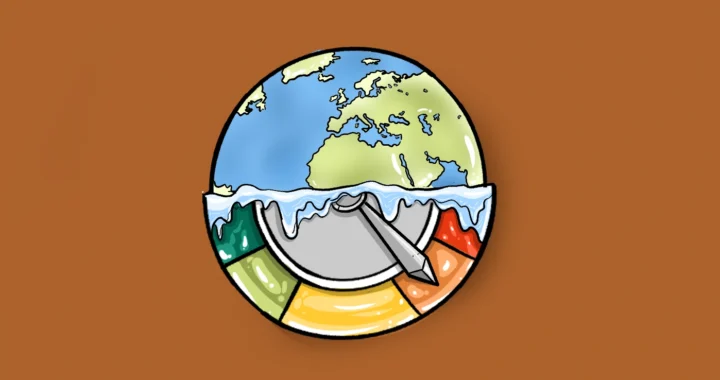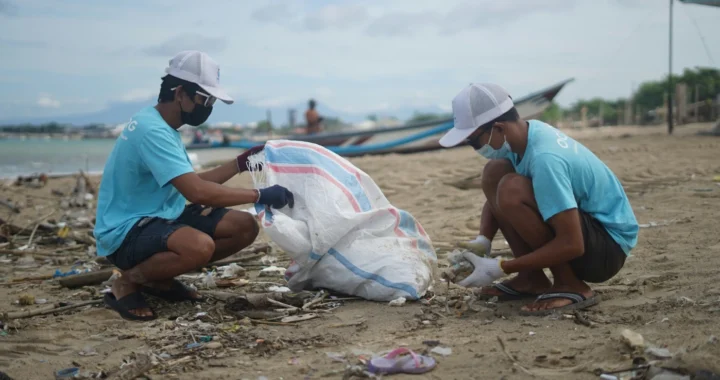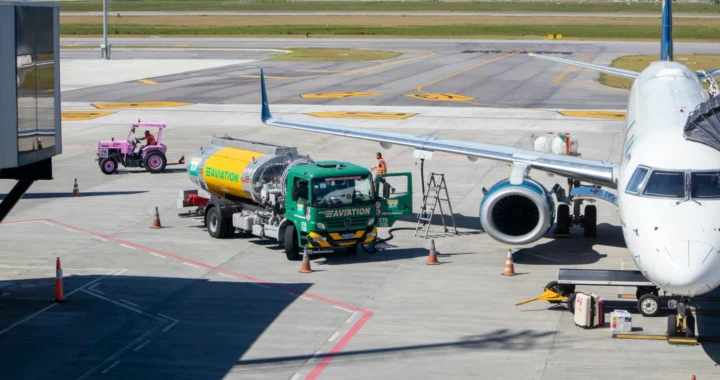Dead Zone: The Declining Oxygen Levels in Rivers

Photo: Jack Charles on Unsplash.
Rivers flow through cities, villages, and forests, the heart of life for many. They feed crops, provide fresh water, and shape the culture and economy of surrounding communities. Unfortunately, rivers are experiencing declining oxygen levels, creating the dead zone and threatening their ability to sustain life.
Troubling River Trends
Rivers cover less than 1% of our planet’s surface. Yet, river ecosystems provide us with fresh water and are home to one tenth of our known species. They also facilitate transportation, livelihood, and food production, especially for landlocked regions around the world.
Rivers are important for our planet’s hydrological and carbon cycles as well. They absorb and store earth’s heat, and its function as nature’s moving conveyor provides nutrients downstream for planktons, plants, and for all life in general.
However, the world is seeing troubling trends for rivers. Climate change and pollution put pressure on our rivers, making them drier than ever and with declining oxygen levels.
A recent study shows that dissolved oxygen levels within rivers worldwide are depleting. This condition might cause a longer period of hypoxia in rivers, a potential threat to river ecosystems globally. Concerningly, this is not an isolated finding, as previous study in the United States and Central Europe found that 70% of 800 rivers studied had oxygen loss, and 87% had warmer temperatures than normal.
The Dead Zone and the Declining Oxygen Levels in Rivers
River ecosystems need enough dissolved oxygen for the respiration process that turns food into energy. When there isn’t enough dissolved oxygen in the water, the river is experiencing hypoxia, resulting in “dead zones”. This condition leads to improper bodily function for creatures within, which may result in death of underwater life and imbalance of ecosystems.
Researchers identify climate change as a cause. Rising global temperatures creates warmer water, easing oxygen molecules to escape. Every degree the water warms reduces its capacity to hold dissolved oxygen. At the same time, the water temperatures affect the body temperatures of aquatic organisms. Then, the warmer the body, the higher the need for oxygen just when the water has less oxygen.
However, warmer temperatures aren’t the only cause. Chemical pollution from industrial and daily human activities also contribute to the declining oxygen levels in rivers. The U.S. The National Oceanic and Atmospheric Administration (NOAA) reported an expansion of the Gulf of Mexico’s “dead zone” caused by fertilizer runoff from the Mississippi Basin. Meanwhile, in India, the Central Pollution Control Board finds that over 48% of monitored rivers do not meet the minimum oxygen standards. The Board cites industrial discharge and sewage leak as the causes.
Towards Healthy Rivers for All
Implementing holistic solutions to manage oxygen levels in rivers is a priority. Among them, nature-based solutions emerge, such as creating a riparian buffer zone by planting a vegetated strip filled with grasses or trees between the river and the developed area. This buffer zone helps water temperature cool by providing shades and intercepts pollutants.
Furthermore, governance is key. From regional and transboundary to local, halting the river dead zone spread requires strong governance at all levels. Governments must impose stronger pollution control policies and incentivize green practices from businesses. Strict enforcement and monitoring is also crucial. Using technology like battery-operated sensors to measure dissolved oxygen levels and track water quality changes can support data-driven decision-making and timely interventions.
Last but not least, the active participation of local communities is vital in sustainable river management. From enabling citizen science to supporting community-led initiatives, there are many ways to involve the people most affected by the changes. After all, healthy rivers are a common goal for the good of prosperity, people, and the planet alike.
Editor: Nazalea Kusuma

Join Green Network Asia – An Ecosystem of Shared Value for Sustainable Development
Support Green Network Asia’s movement to create positive impact for people and the planet through public education and multi-stakeholder advocacy on sustainability-related issues and sustainable development.
Become a Member Now

 COP30: A Critical Moment to Adopt Climate Adaptation Indicators
COP30: A Critical Moment to Adopt Climate Adaptation Indicators  How Citizen Science Can Help Address Plastic Pollution
How Citizen Science Can Help Address Plastic Pollution  Luxury Tourism Threatens the Maasai Mara
Luxury Tourism Threatens the Maasai Mara  South Korea’s Mandate on Obligatory Use of Sustainable Aviation Fuel (SAF)
South Korea’s Mandate on Obligatory Use of Sustainable Aviation Fuel (SAF)  New Zealand Takes a Step Against the Oceanic Degradation of Hauraki Gulf
New Zealand Takes a Step Against the Oceanic Degradation of Hauraki Gulf  The Inequality-Pandemic Cycle amid Rising Global Vulnerability
The Inequality-Pandemic Cycle amid Rising Global Vulnerability